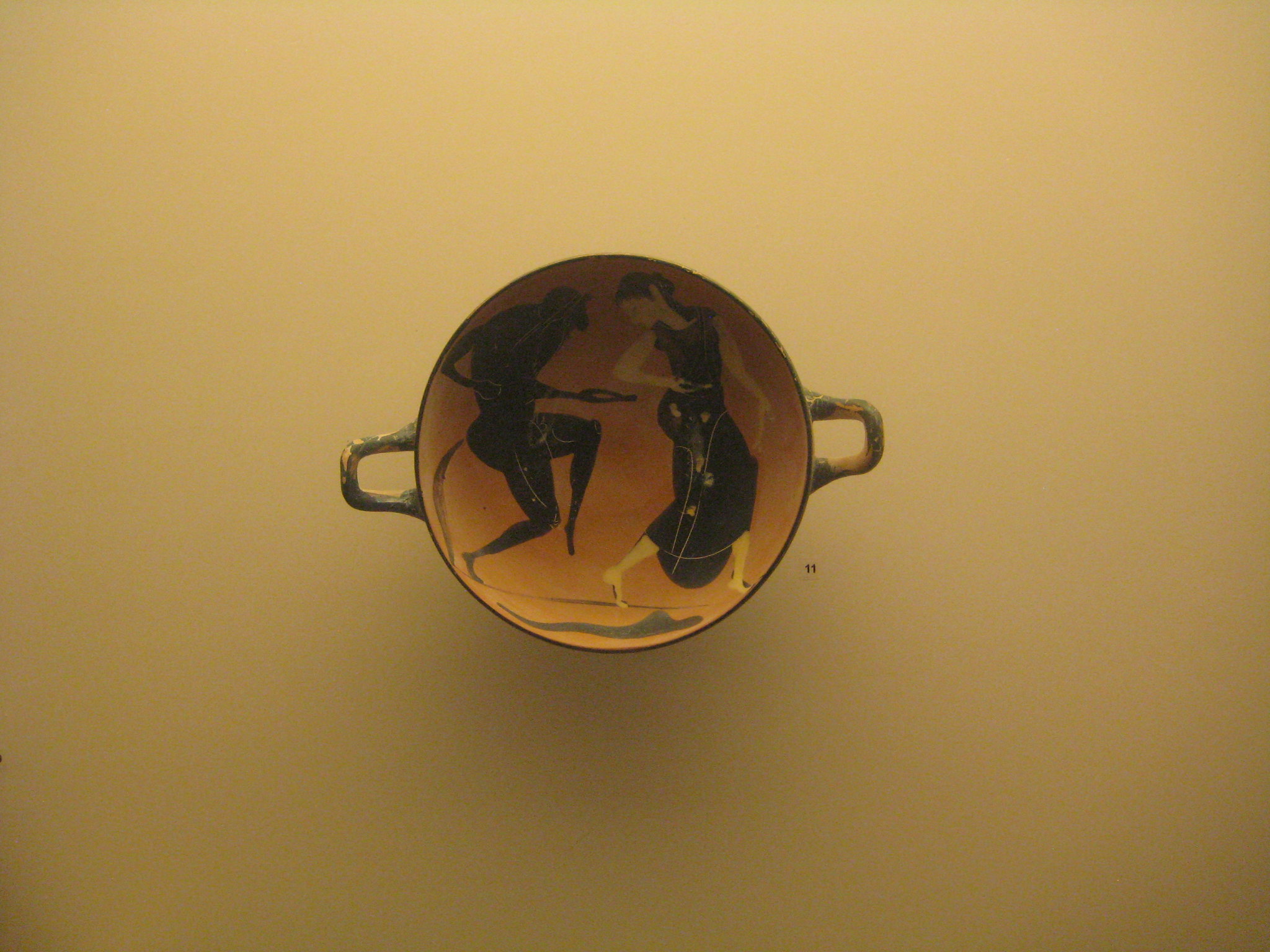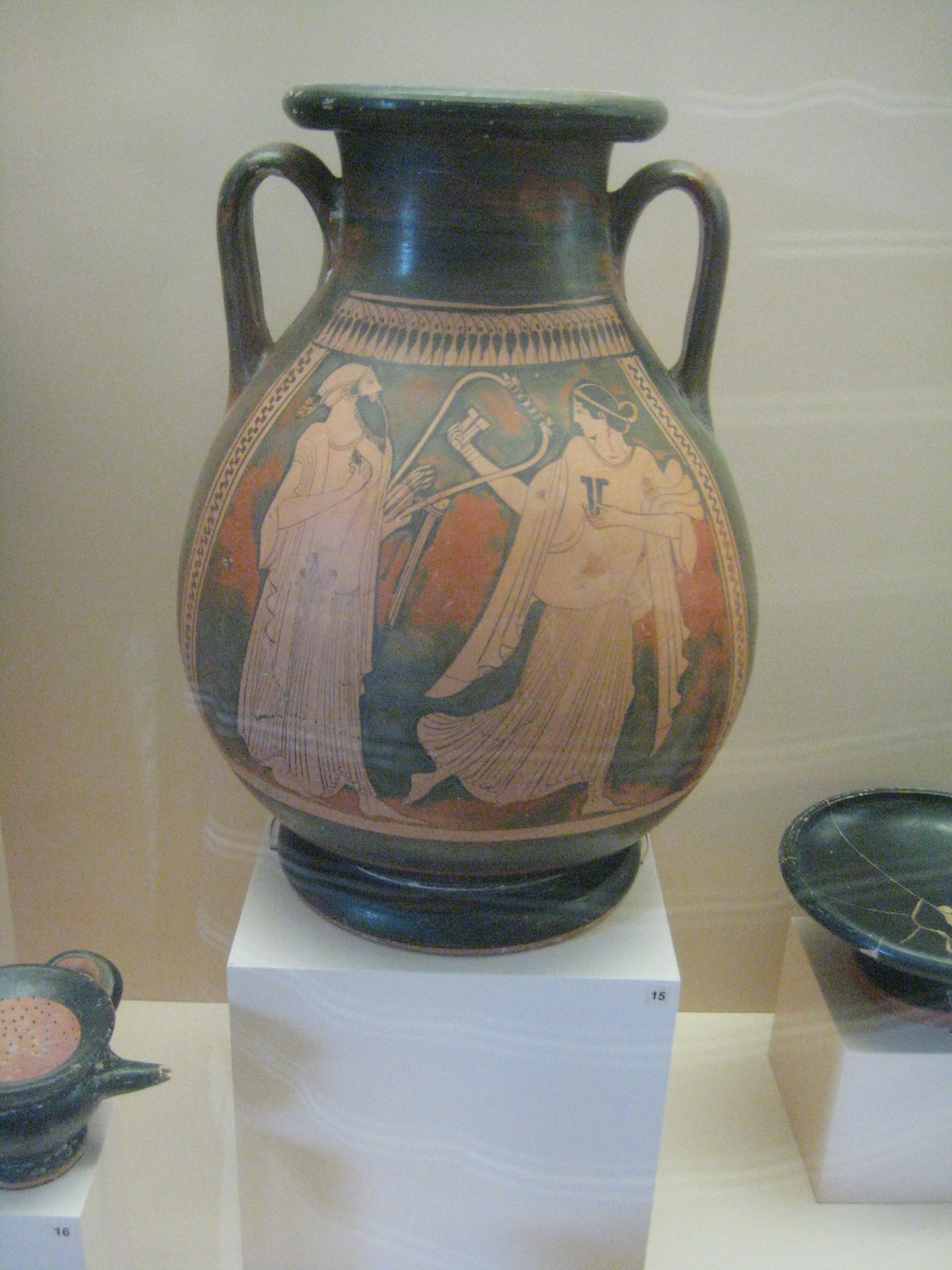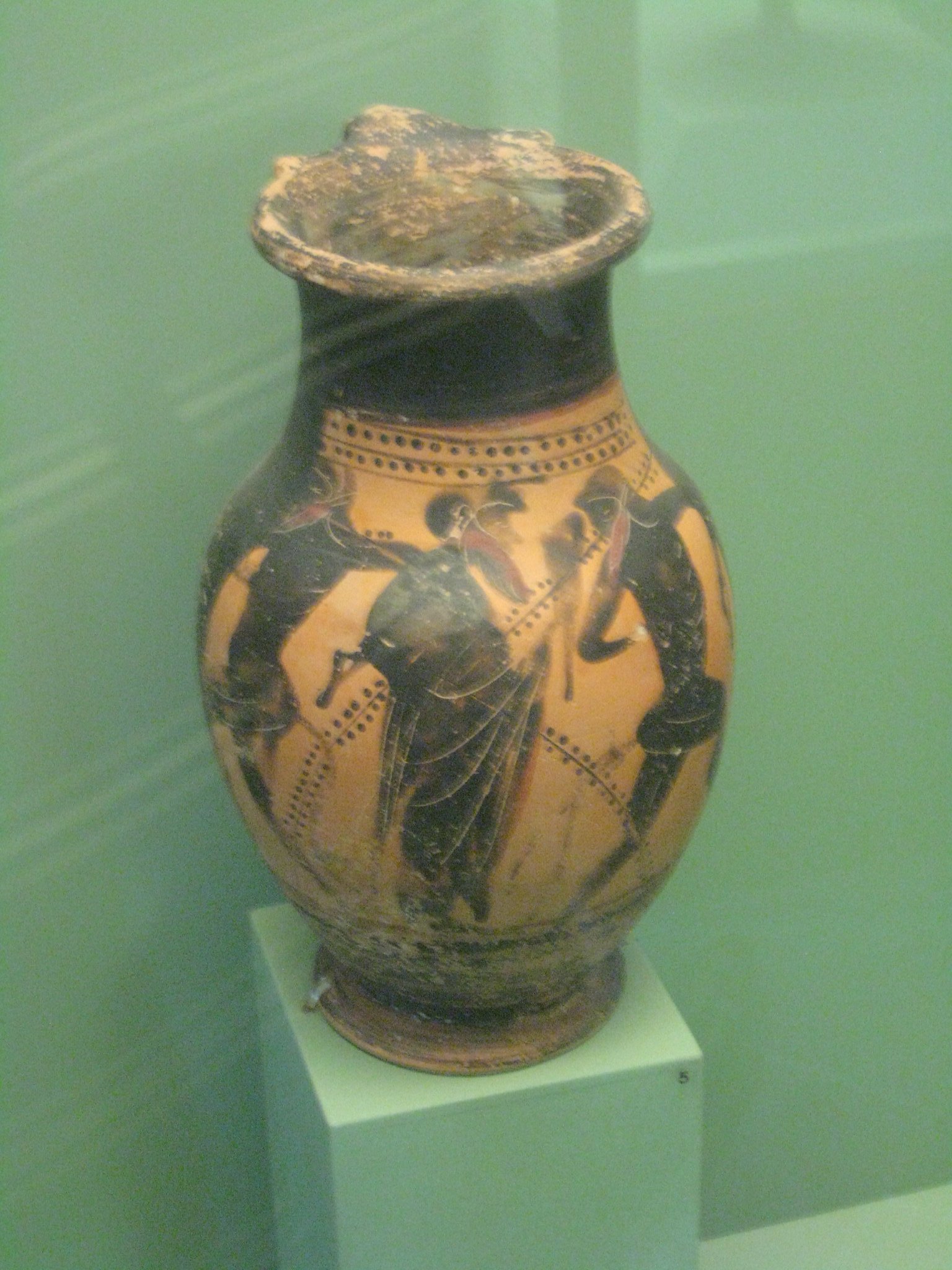Stichomythia - Oxford Classical Dictionary
Dubischar, M. “'Microstructure' in Greek Tragedy: From Bad to Worse: Wrong Guesses in Euripidean Stichomythia (Including a Comparison with Aeschylus and Sophocles). Part I. Description and Analysis.” Mnemosyne, vol. 60, no. 1, 2007, pp. 1–24. JSTOR, www.jstor.org/stable/4433791
Liesbeth Schuren (31 October 2014). Shared Storytelling in Euripidean Stichomythia. BRILL. ISBN 978-90-04-28261-2.
Die Stichomythie in der griechischen Tragödie und Komödie: Ihre Anwendung und ihr Ursprung : Adolf Gross - Internet Archive
De stichomythiae in tragoedia comoediaque graecorum usu et origine: Adolf Gross - Internet Archive
"Stichomythia" is a dramatic technique characterized by the rapid exchange of single lines of dialogue, often used in ancient Greek tragedy and later dramatic traditions. Below is a bibliography of scholarly works and editions related to stichomythia, complete with ISBNs when available:
📚 Books and Articles on Stichomythia
-
Dover, K. J.
Greek Drama
Clarendon Press, 1972.
ISBN: 9780198721098Includes discussion of stichomythia in the context of Greek dramatic structure.
-
Taplin, Oliver.
Greek Tragedy in Action
Routledge, 1978.
ISBN: 9780415051613Offers performance analysis of stichomythia in Aeschylus, Sophocles, and Euripides.
-
Barrett, James.
Stichomythia in Greek Tragedy
(Ph.D. Dissertation, University of California, Berkeley, 1992).
[No ISBN, may be accessed via university repositories]A detailed analysis of how stichomythia functions dramatically and rhetorically.
-
Lloyd, Michael.
The Agon in Euripides
Oxford University Press, 1992.
ISBN: 9780198147737Discusses stichomythia as a central element of formal agon scenes.
-
Arnott, W. Geoffrey.
Menander, Vol. 1: Plays and Fragments
Harvard University Press (Loeb Classical Library), 1979.
ISBN: 9780674995796Commentary includes examples of stichomythic technique in New Comedy.
-
Gregory, Justina.
Euripides and the Instruction of the Athenians
University of Michigan Press, 1991.
ISBN: 9780472101601Examines rhetorical features in Euripides, including stichomythia.
-
Goldhill, Simon.
Reading Greek Tragedy
Cambridge University Press, 1986.
ISBN: 9780521315792Theoretical and practical analysis of dialogic form, with insights into stichomythia.
-
Wiles, David.
Tragedy in Athens: Performance Space and Theatrical Meaning
Cambridge University Press, 1997.
ISBN: 9780521593909Discusses how spatial staging affected stichomythic delivery.
-
Taplin, Oliver.
The Stagecraft of Aeschylus: The Dramatic Use of Exits and Entrances in Greek Tragedy
Oxford University Press, 1977.
ISBN: 9780198140219Details staging devices linked to stichomythic dialogue.






